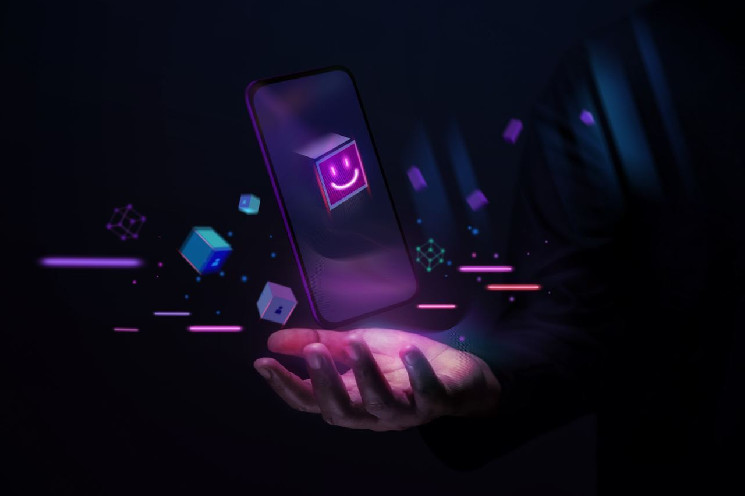Oasys, a Layer-1 (L1) Ethereum (ETH) blockchain, is emerging as a leader in blockchain gaming, as shown in a HashHub report shared with Finbold on Tuesday, November 12.
According to the report, Oasys has seen the most growth in Japan, where it has attracted major game developers such as Bandai Namco, Sega and Square Enix.
Web3 gaming vs conventional gaming
Conventional video games face challenges such as declining sales and loss of in-game assets when servers are down.
Platforms like Oasys, on the other hand, ensure that digital assets retain value in the long term.
Consequently, blockchain gaming is gaining traction within the Web3 industry.
As an emerging leader in the industry, Oasys aims to bridge some of the gaps between Web3 and conventional gaming with fast processing, gasless transactions, and unique, project-specific tokens.
Cross-chain gaming
Oasys is also revolutionizing interoperability in blockchain gaming by allowing users to use their in-game assets across multiple platforms and different games via data synced from Verse Layer to Oasys Hub (Layer 1).
At the heart of this system is data availability, a feature that records game data for each ‘Verse’ (i.e., L2 ecosystem).
All data is verified by validators to ensure secure and long-lasting digital asset registry records that cannot be erased from the blockchain.
Currently, Oasys has 12 active Verses, each supporting different blockchain games and focusing on interoperability.
Common data standards and API (Application Programming Interface) development have simplified asset transfers to enable seamless transition of in-game assets between different verses.
Scalability is further enhanced by Oasys’ Virtual Developer Kit (VDK), which provides pre-configured tools for developers looking to streamline Verse’s launch.
Oasys’ DeFi partnerships
Oasys is also partnering with Arbitrum Foundation and integrating Arbitrum Orbit’s L2 technology to advance Verse deployment and improve liquidity options within the decentralized finance (DeFi) ecosystem.
In the short term, the focus seems to be on standardizing data protocols, applying digital resources in games and releasing the VDK.
Looking ahead, however, Oasys aims to fully sync assets from Verse to L1, improve cross-Verse interoperability, and develop tools to help developers customize their gaming environments.
The growth of the Web3 gaming sector
Blockchain-based games and digital assets are becoming increasingly popular in the Web3 gaming sector, which recently reached 4.4 million active wallets, a 20% increase from mid-2024.
The potential of Oasys is demonstrated by titles such as Champions tacticswhich launched on its platform in 2024.
Before launch, a collection of 9,999 free non-fungible tokens (NFTs) tied to in-game characters saw strong trading interest, with transaction volumes exceeding 3,300 Ethereum.
In the same way, From: Lithe last memoriesanother Oasys title, saw all of its NFT land plots and character dolls sold out in 2024.
The success of games like these, with over 700,000 pre-registration participants, indicates that users value owning digital assets, leading to increased spend and engagement.
Oasys’ DeFi offering
In addition to blockchain gaming, Oasys is also expanding its DeFi capabilities with the recent launches of Palmy Finance, a lending protocol, and TealSwap, a decentralized exchange (DEX), both of which provide DeFi traders with new liquidity platforms.
As these features grow and become more available, players will be able to monetize their digital assets and explore beyond gaming to the broader Web3 sector.
Although OAS, the original Oasys token, is not yet available on major crypto exchanges, potential listings could increase its liquidity.
Still, with more than 150,000 unique wallets and three million transactions registered in the past month, Oasys is already poised for further growth.

